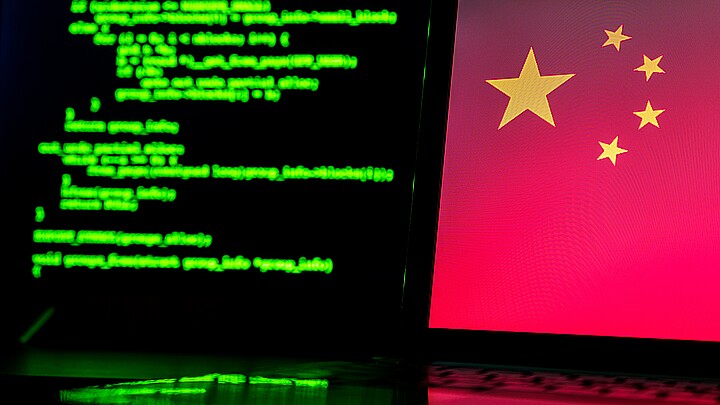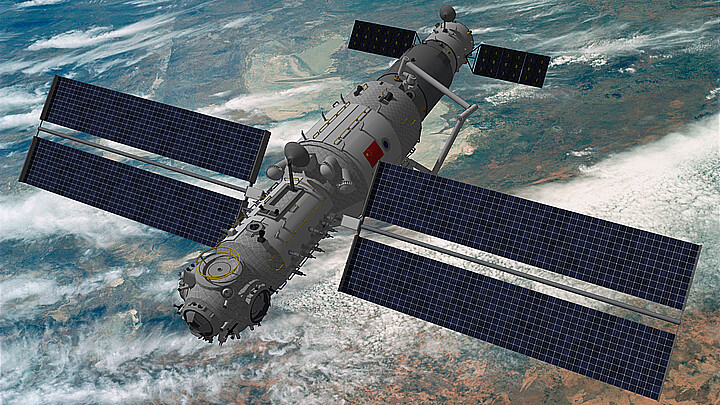Technology
Rocket set to crash into 'Dark Side of the Moon' belongs to China, not SpaceX
Asteroid trackers originally predicted the object hurling through space toward the moon was from SpaX. They now say they initially misidentified the object, and that it is actually from China.
March 3, 2022 1:58pm
Updated: March 3, 2022 1:58pm
The 3-ton rocket set to crash into the far, dark side of the moon on Thursday most likely belongs to China, not SpaceX as initially reported.
Bill Gray, the asteroid tracker who originally predicted the rocket would hit the moon, says that he initially misidentified the object. ADN previously reported Gray's previous findings on Jan. 29.
"Back in 2015, I (mis)identified this object as 2015-007B, the second stage of the DSCOVR spacecraft," Gray wrote on February 12, referring SpaceX’s Falcon 9 rocket. "We now have good evidence that it is actually 2014-065B, the booster for the Chang'e 5-T1 lunar mission."
His claim has been backed up by NASA and other experts, reports The Sun, who believe it is from China’s 2014 Chang’e 5-T1 mission to test research technology on the Moon.
China has strongly denied any association with the Moon-bound space debris.
"According to China’s monitoring, the upper stage of the Chang’e-5 mission rocket has fallen through the Earth’s atmosphere in a safe manner and burnt up completely,” Wang Wenbin, a spokesperson for China’s Ministry of Foreign Affairs said.
However, The Sun notes that China referred to the Chang’e-5 mission in 2020-2021, which the Chang’e 2014 5-T1 mission was a test run for. The two are completely different.
The runaway rocket part is expected leave a 65-foot crater when it the far side of the moon that faces away from Earth.
Gray lamented that the impact would not be visible from Earth.
“I had been hoping for something [significant] to hit the moon for a long time. Ideally, it would have hit on the near side of the moon at some point where we could actually see it,” Gray told the Associated Press.
According to Digital Trends previous reporting, “The event will mark the first time for a man-made object to unintentionally crash onto the lunar surface. A deliberate impact took place in 2009 when a NASA Centaur rocket and accompanying probe were sent hurtling toward the moon in a mission aimed at locating water on Earth’s nearest neighbor.”
Gray previously said that sometimes space junk can also hit Earth.
“A very small bit (never really solidly identified) re-entered the atmosphere near Sri Lanka in November 2015. Two Chinese lunar mission boosters, for Queqiao and Chang'e 5, re-entered over the Pacific Ocean.
"The latter looks as if it was deliberately planned to go past the moon, come back, and plunge in the middle of the ocean, far from land. I am hoping it means CNSA [China National Space Administration] has decided not to leave their junk flying around, but they are unlikely to ever say anything about it.
“Such an impact over land would look very dramatic (a bright, slow-moving meteor). I don't think anything would survive re-entry, but would not want to swear to that.”









